August 20, 2025 by 100XBuilds Team
Job Costing: Accurate Project Profitability Analysis
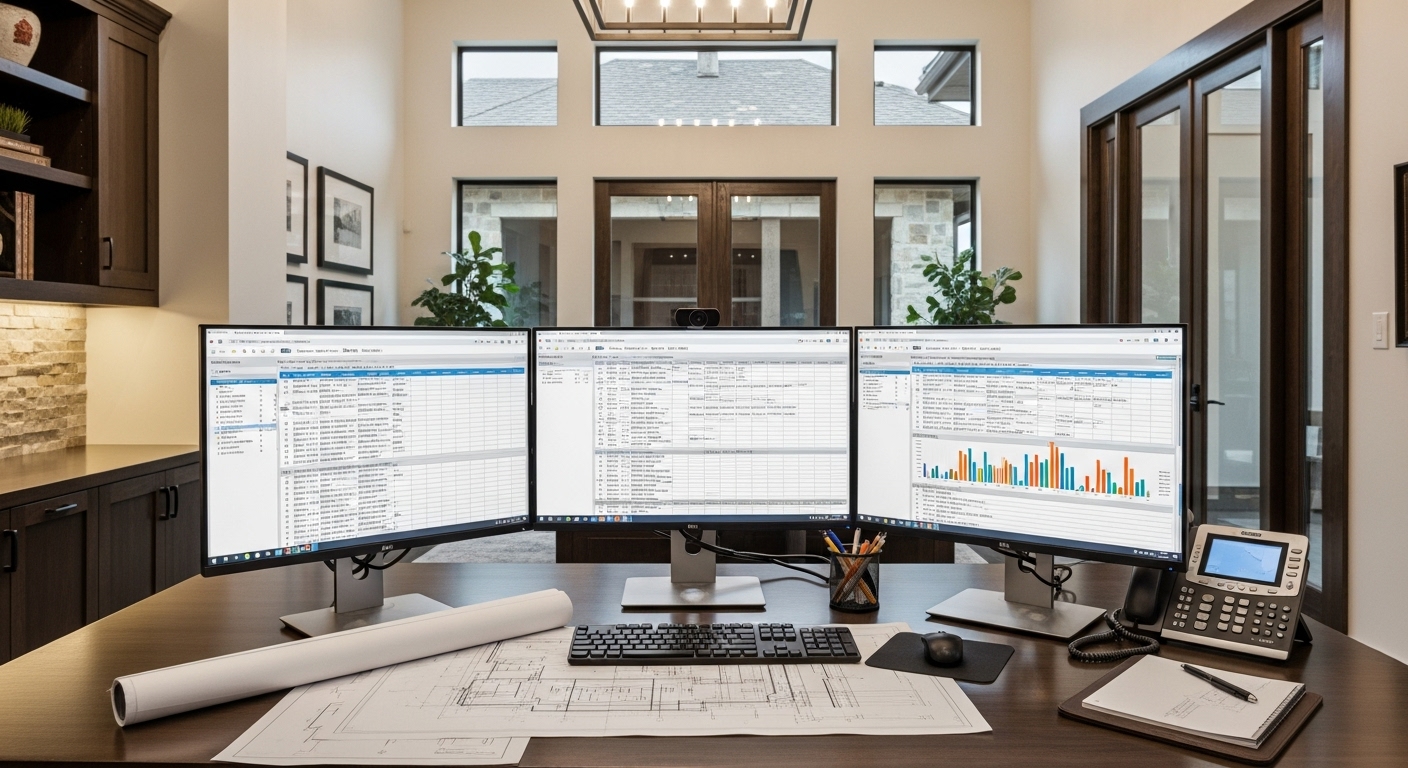
A $12M luxury builder discovered they were losing $47,000 per project due to inaccurate job costing. Within 90 days of implementing proper cost tracking methodology, they identified profit leaks and increased margins by 23%.
Every dollar matters in luxury custom home construction. Yet 73% of builders with $5M+ revenue still rely on outdated spreadsheets and gut feelings for project profitability analysis. This financial blindness costs the average luxury builder $180,000 annually in missed profit opportunities.

The Hidden Cost Crisis in Luxury Construction
Traditional job costing methods fail luxury builders because they treat every project like a production home. Custom builds demand granular tracking that captures the true cost of bespoke materials, specialized labor, and design changes that can shift project economics overnight.
The real numbers tell the story:
- Average luxury builder tracks only 60% of actual project costs
- Change orders increase project costs by 18% but are captured in only 40% of job costing systems
- Material waste accounts for 12% of total project costs but remains invisible in most tracking methods
Labor cost distortions create the biggest blind spots:
Skilled craftsmen command $85-120 per hour, yet most builders allocate labor costs using industry averages of $45-65 per hour. This $40+ hourly gap multiplied across 2,000+ labor hours per project creates massive profitability miscalculations.
Precision Job Costing Framework for Luxury Builders
Accurate job costing requires systematic capture of every cost element from pre-construction through final walkthrough. The methodology centers on five critical cost categories that drive luxury project profitability.
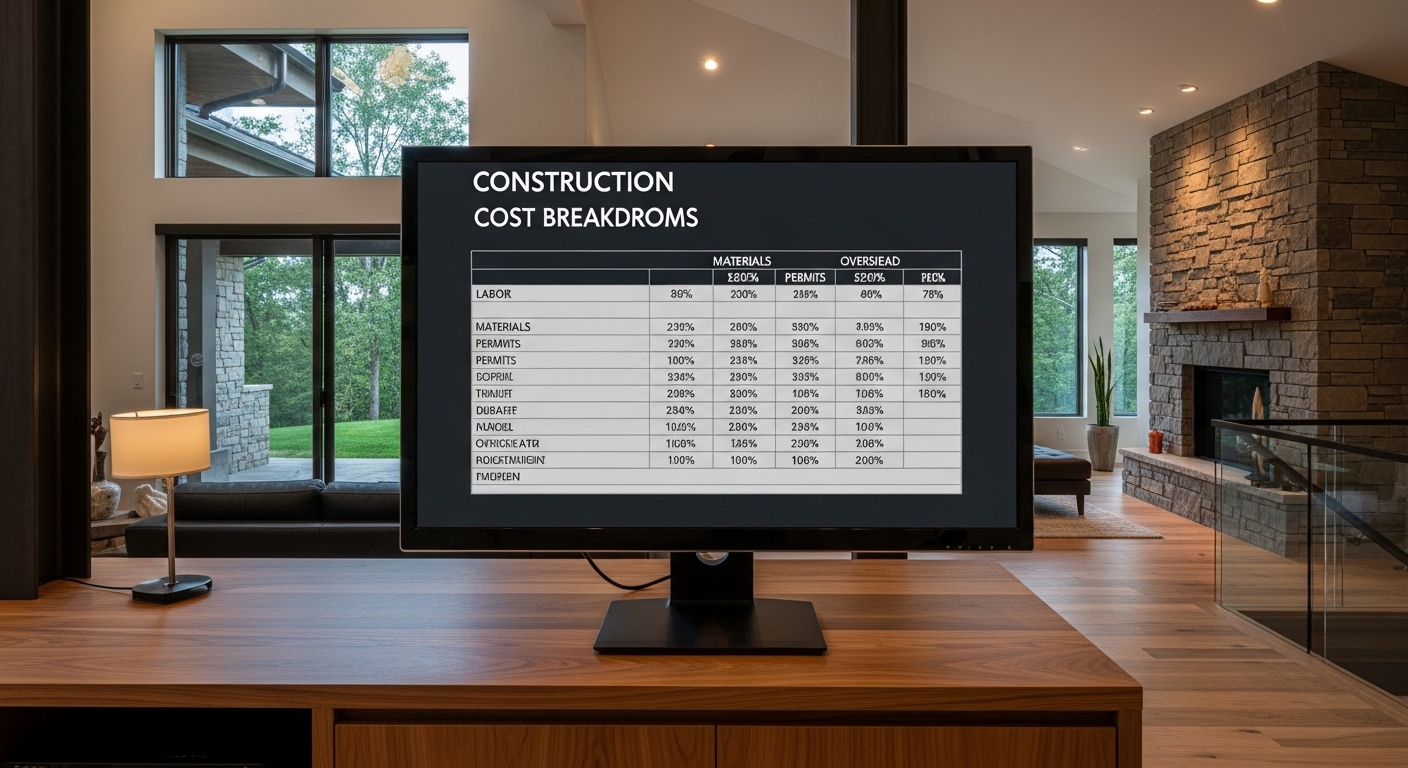
Direct Labor Cost Tracking
Capture actual hourly rates by trade and skill level:
- Master carpenters: $95-120/hour
- Specialized millwork: $110-135/hour
- Custom tile installers: $85-105/hour
- Electrical specialists: $90-115/hour
Track productivity variations by project phase:
Foundation work typically achieves 85% of estimated productivity, while finish work averages only 72% due to precision requirements and client interactions.
Document overtime premiums and weekend rates:
Weekend work commands 1.5x standard rates, while emergency calls cost 2x normal hourly charges. These premiums can add $15,000-25,000 to project costs if not properly tracked.
Material Cost Precision
Implement three-tier material tracking:
Base materials: Standard lumber, concrete, basic fixtures tracked at purchase price plus 8% handling
Specialty materials: Custom millwork, imported stone, designer fixtures tracked at delivered cost plus 12% handling and storage
Client-selected upgrades: Track at full retail plus 15% coordination fee to capture true cost of managing premium selections

Account for material waste by category:
- Framing lumber: 8-12% waste factor
- Finish materials: 5-8% waste factor
- Tile and stone: 10-15% waste factor
- Custom millwork: 3-5% waste factor
Subcontractor Cost Management
Establish clear cost allocation protocols:
Fixed-price subcontracts require tracking of change orders and additional work authorizations. Time-and-material contracts need daily labor verification and material receipt documentation.
Monitor subcontractor efficiency metrics:
Track actual hours versus estimated hours by trade. Electrical rough-in should complete within 95-105% of estimated hours, while HVAC installation typically runs 110-120% of estimates due to custom ductwork requirements.
Document all additional charges:
Permit delays, material delivery issues, and design changes generate additional subcontractor charges averaging $8,500 per project. These costs must be captured in real-time to maintain accurate job profitability.
Technology Integration for Real-Time Cost Tracking
Modern job costing demands integrated technology that captures costs as they occur, not weeks later during monthly reconciliation. The right system architecture eliminates manual data entry while providing instant profitability visibility.
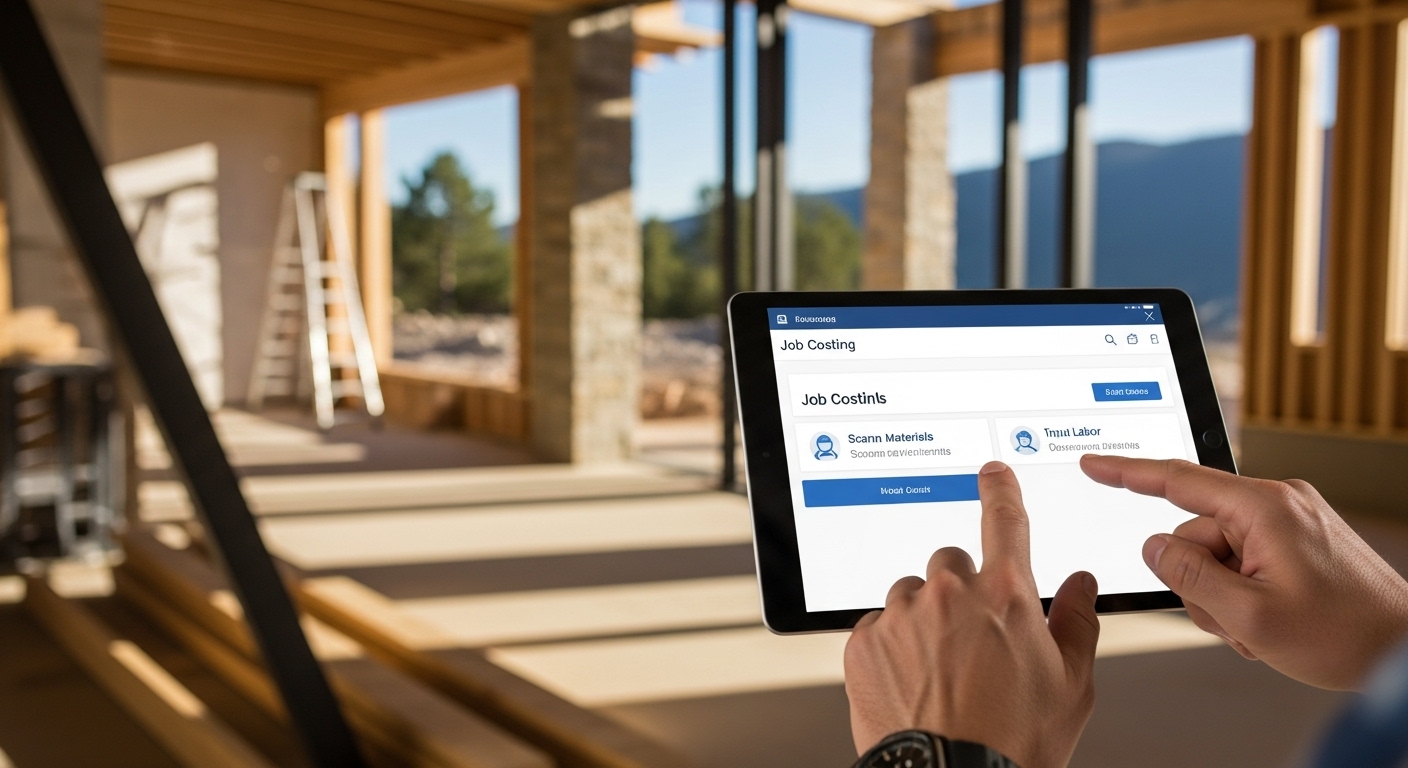
Mobile Cost Capture
Field personnel input costs directly:
Foremen scan material deliveries using mobile devices, automatically updating job costs within minutes of receipt. Labor hours are logged daily with specific task codes that tie directly to project phases.
Real-time change order processing:
Design changes trigger immediate cost estimates that flow directly into job costing systems. This eliminates the 2-3 week delay typical in manual change order processing.
Automated Overhead Allocation
Distribute indirect costs using activity-based methodology:
Project management time is allocated based on actual hours logged to each project. Office overhead is distributed using square footage and project duration metrics rather than simple percentage markups.
Track equipment utilization by project:
Company-owned equipment costs are allocated based on actual usage hours rather than estimated percentages. A $85,000 excavator used 127 hours on a project generates $4,318 in equipment costs at $34/hour operating rate.
Advanced Profitability Analysis Techniques
Beyond basic cost tracking, sophisticated profitability analysis reveals optimization opportunities that can increase margins by 15-25% without raising prices.
Gross Margin Analysis by Project Phase
Pre-construction phase: Target 35-40% gross margin
Includes design development, permitting, and project setup costs. Higher margins reflect the specialized expertise required for luxury project planning.
Construction phase: Target 18-22% gross margin
Lower margins reflect the labor-intensive nature of construction work, but higher absolute dollar profits due to project scale.
Finish phase: Target 28-32% gross margin
Higher margins reflect the coordination complexity and specialized trades required for luxury finishes.
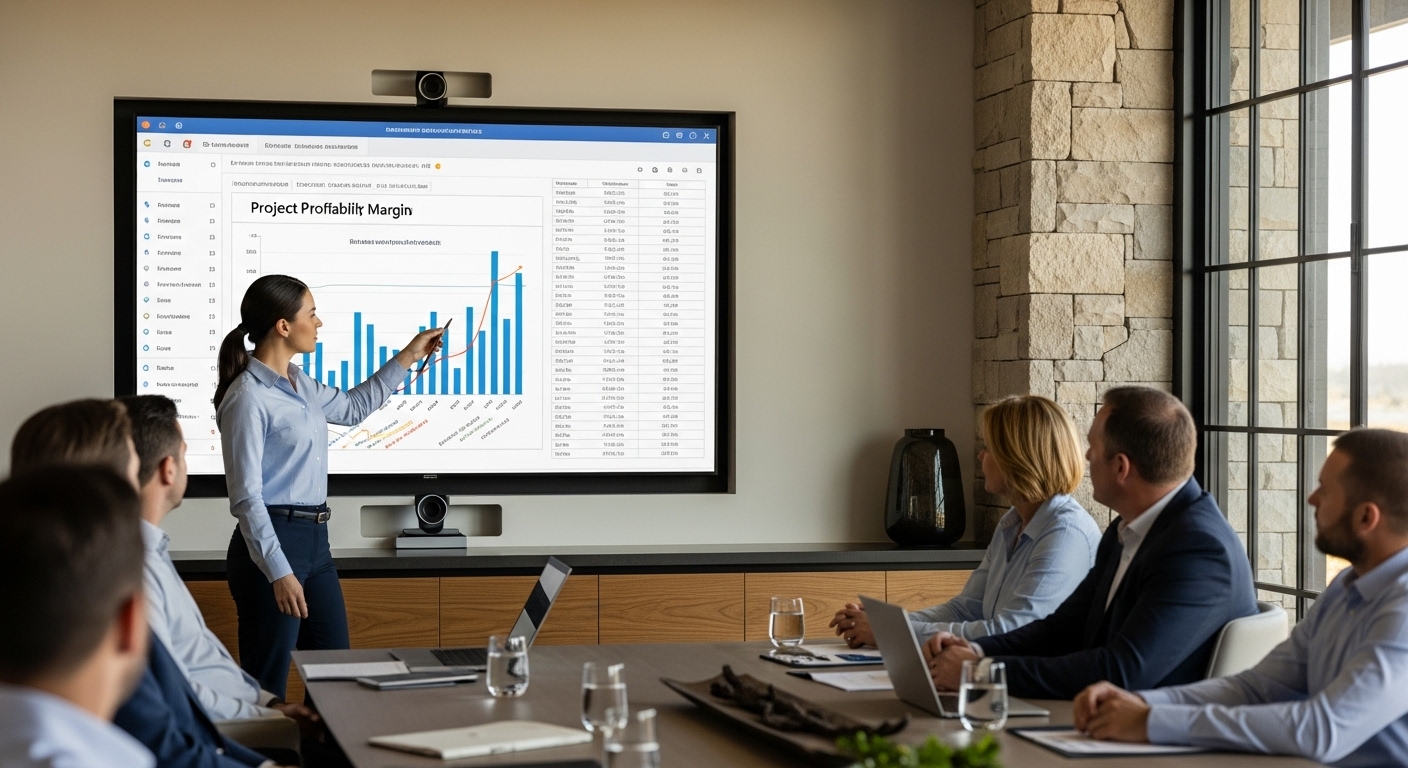
Cost Variance Analysis
Identify systematic cost overruns:
Projects consistently exceeding electrical estimates by 15-20% indicate either inadequate initial estimating or scope creep in electrical systems. This pattern analysis prevents future overruns.
Track seasonal cost variations:
Winter construction increases costs by 8-12% due to weather delays and heating requirements. Summer work may increase costs by 5-8% due to overtime required to meet completion deadlines.
Client Profitability Segmentation
Analyze profitability by client type:
Repeat clients generate 23% higher margins due to established relationships and streamlined communication. First-time luxury clients require 18% more project management time, reducing overall profitability.
Document change order patterns:
Clients making more than 12 change orders during construction reduce project profitability by an average of $23,000 due to coordination complexity and schedule disruptions.
Implementation Strategy for Precision Job Costing
Transitioning from basic cost tracking to precision job costing requires systematic implementation that maintains business operations while improving financial visibility.
Phase 1: Cost Category Standardization (Weeks 1-2)
Establish uniform cost codes:
Create detailed cost codes that capture luxury construction complexity. Standard residential codes like "electrical" become "electrical rough-in," "electrical finish," "smart home integration," and "lighting control systems."
Define allocation methodologies:
Document exactly how shared costs are allocated between projects. Office rent, insurance, and administrative salaries require clear allocation formulas based on project size and duration.
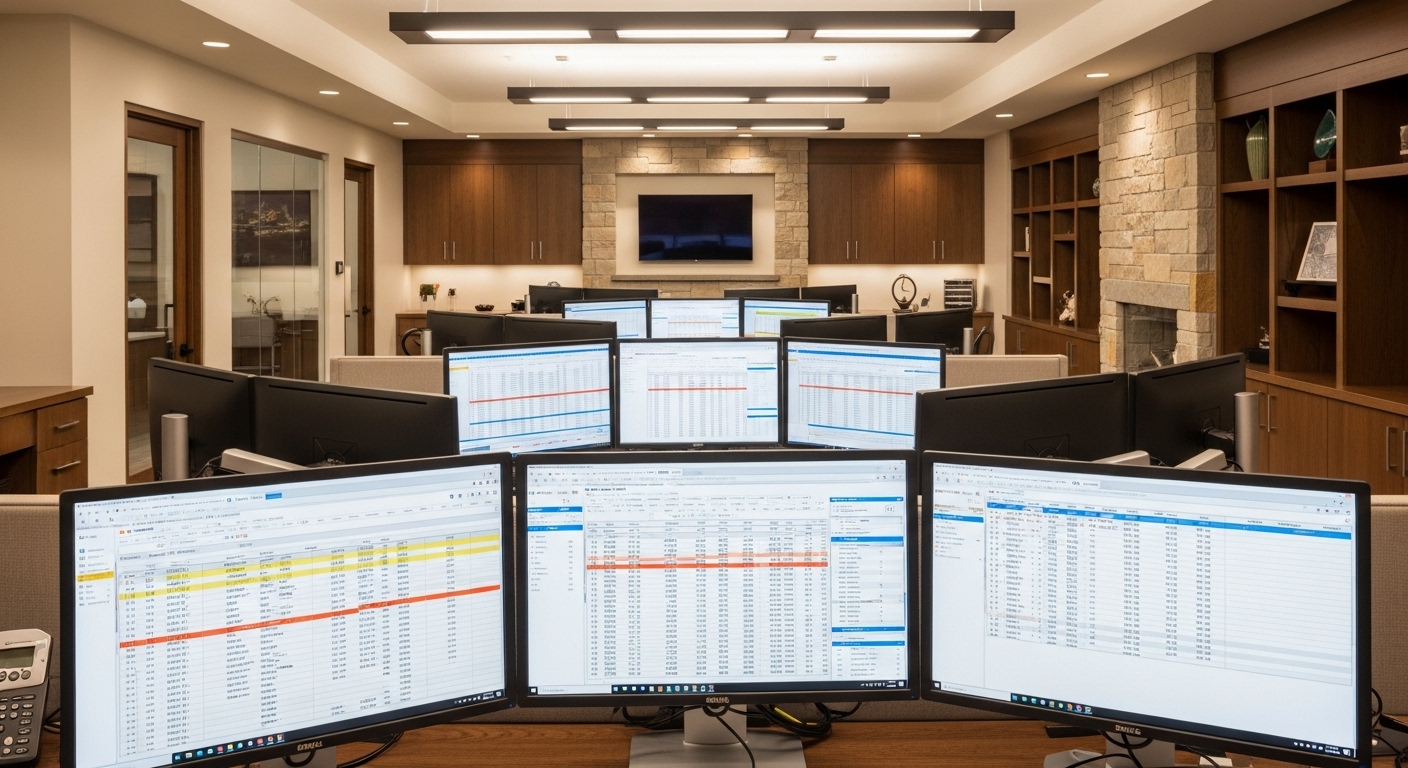
Phase 2: Technology Integration (Weeks 3-6)
Implement mobile cost capture:
Deploy tablets or smartphones with job costing applications that allow real-time cost entry from the field. Integration with accounting systems eliminates double data entry.
Establish automated reporting:
Configure weekly profitability reports that highlight projects exceeding cost budgets by more than 5%. Early warning systems prevent small overruns from becoming major profit losses.
Phase 3: Process Refinement (Weeks 7-12)
Analyze initial results:
Compare actual costs to previous estimates to identify systematic estimating errors. Adjust future estimates based on actual cost data rather than industry averages.
Train field personnel:
Ensure all supervisors understand the importance of accurate cost capture and can properly use mobile cost tracking tools.
Measuring Job Costing Success
Effective job costing implementation generates measurable improvements in profitability and operational efficiency within 90 days.
Key Performance Indicators
Cost accuracy improvement: Target 95% accuracy in cost capture within 60 days
Profitability visibility: Weekly profit reports available within 48 hours of week-end
Change order processing: Reduce change order processing time from 14 days to 3 days
Margin improvement: Increase gross margins by 3-5% within first quarter through better cost control
Financial Impact Metrics
Reduced cost overruns: Projects should complete within 2% of final cost estimates
Improved cash flow: Accurate job costing enables better progress billing and reduces working capital requirements
Enhanced pricing accuracy: Future project estimates based on actual cost data rather than industry averages
The luxury builders who master precision job costing gain sustainable competitive advantages through superior profitability and operational efficiency. Every dollar tracked becomes a dollar that can be optimized, managed, and ultimately converted to bottom-line profit.
Ready to eliminate profit leaks and gain complete visibility into your project profitability? Our job costing implementation specialists have helped 200+ luxury builders increase margins by an average of 19% within 120 days. Schedule your profitability analysis consultation today and discover exactly how much profit your current system is leaving on the table.
